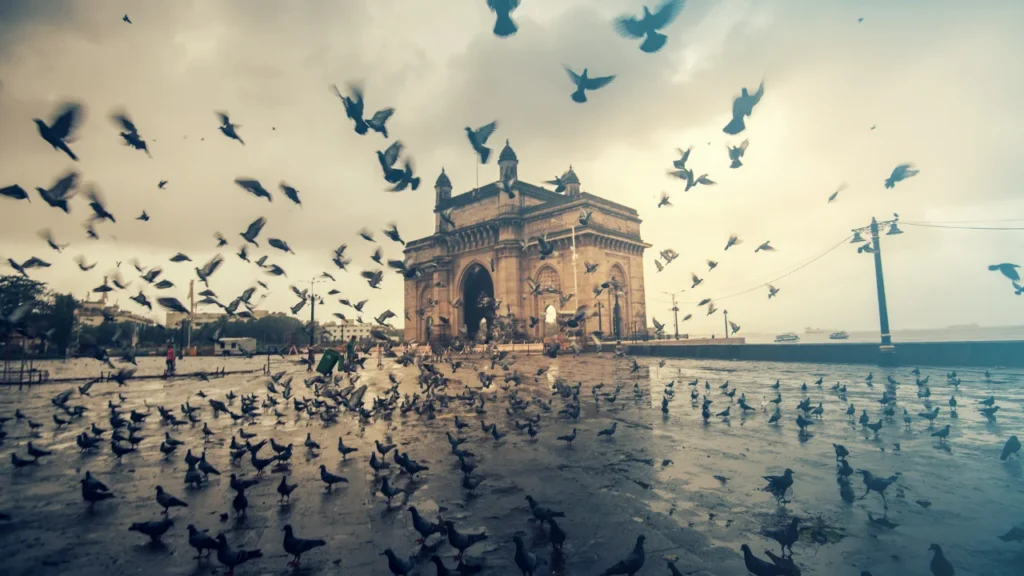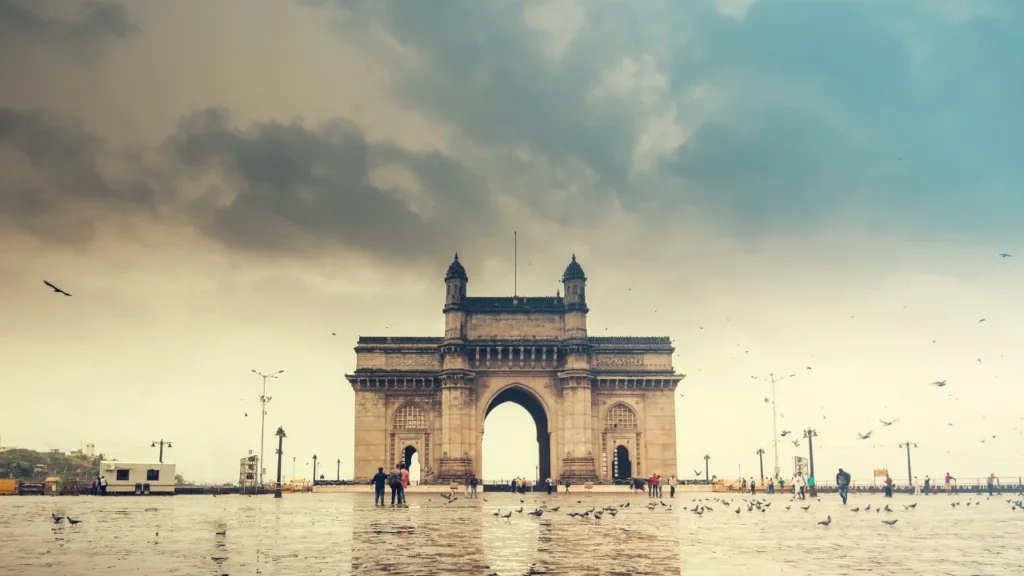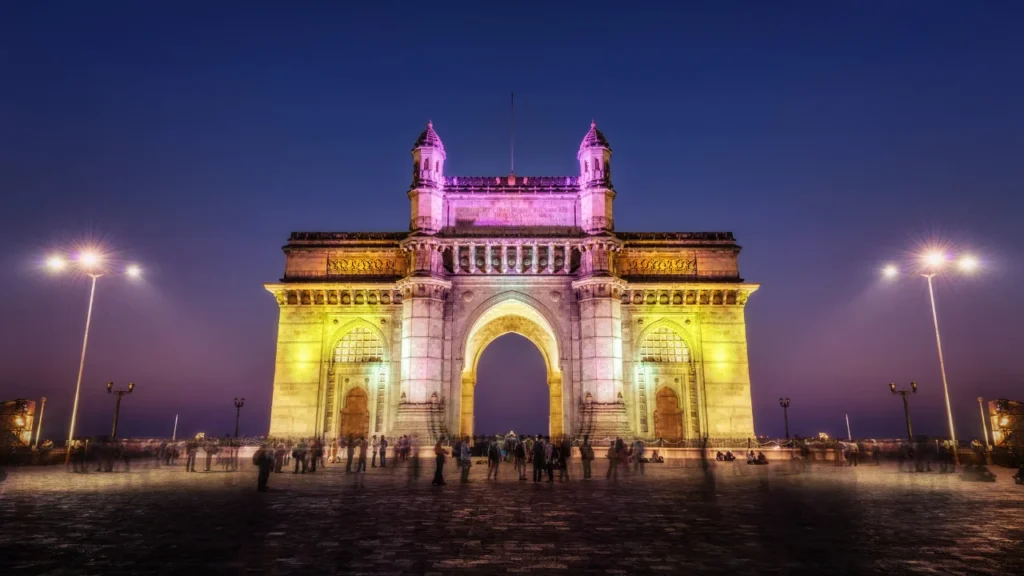Mumbai’s Crown Jewel: Gateway of India’s Top 10 Hidden Secrets Revealed!
The Gateway of India, a renowned monument situated in Mumbai, is not only an iconic symbol of the city but also holds a treasure trove of hidden secrets waiting to be discovered. Beyond the bustling crowds and tourist attractions, lies a history rich with intriguing stories and lesser-known facts that add depth to this magnificent structure. In this article, we’ll take you on a journey to explore the top 10 hidden secrets of Mumbai’s Crown Jewel, the Gateway of India.
Introduction: Gateway of India
As you stand before the Gateway of India, its grandeur and historical significance are undeniable. However, the monument carries within its walls a tapestry of secrets that often go unnoticed amidst the tourist frenzy.
The History Behind the Arch
The Gateway of India’s history is intricately woven into the fabric of Mumbai’s past. It was conceived during the early 20th century to commemorate the landing of King George V and Queen Mary at Apollo Bunder on December 2, 1911. This marked a momentous occasion in the city’s history as it was the first time a British monarch had visited India.
The idea of the monument was first proposed in 1911 to honor the royal visit and to serve as an imposing symbol of British colonial power. However, due to various delays, including World War I, the construction of the Gateway didn’t commence until 1915.
The Architectural Marvel That Almost Wasn’t
Behind the monumental façade is a tale of perseverance and determination. The Gateway of India faced numerous challenges during its construction, including funding issues and design disputes. It was almost abandoned due to budget constraints, but the resolve of the architects and the city’s inhabitants prevailed, resulting in the awe-inspiring structure we see today.
A Tribute to Royal Arrival: The Hidden Plaque
Embedded within the structure is a discreet plaque that pays homage to the grand arrival of King George V and Queen Mary in 1911. This hidden tribute serves as a reminder of India’s colonial past and the pomp and pageantry that accompanied their visit.

Whispers of the Past: Echoes in the Architecture
The Gateway’s architecture is a blend of Indo-Saracenic and Muslim architectural styles, but keen observers can spot elements that echo back to different periods of India’s history. From Hindu motifs to Islamic arches, the monument silently narrates the nation’s diverse cultural journey.
Cryptic Carvings: Unveiling the Enigmatic Symbols
Adorning the Gateway’s intricate carvings are mysterious symbols and figures that often escape casual attention. These carvings hold deeper meanings, from representations of Indian deities to symbols of trade and commerce, each carving tells a story of its own.
A Beacon of Light: The Forgotten Lighthouse
While the Gateway itself steals the limelight, many are unaware of the presence of a lighthouse just a stone’s throw away. The lighthouse, once a guiding light for ships, now stands as a silent sentinel, its significance often overshadowed by the monument’s splendor.
Guardians of the Gateway: The Statues that Stand Watch
Flanking the Gateway are two magnificent statues that represent Progress and Wind. These allegorical figures were added later and are often overshadowed by the main structure, yet they contribute to the monument’s symbolism.

The Heartbeat of Mumbai: Public Gatherings and Celebrations
The Gateway of India has witnessed numerous historical events, including the departure of the last British troops from India. It has also been a site for various public gatherings, celebrations, and protests, making it a witness to Mumbai’s evolving history.
The Gateway’s Role in Cinema: Bollywood’s Iconic Backdrop
The Gateway of India has been featured in numerous Bollywood films, becoming an iconic backdrop that encapsulates the essence of Mumbai. From romantic scenes to dramatic moments, the monument has left an indelible mark on Indian cinema.
Reviving History: Restoration Efforts and Preservation
Over the years, the Gateway of India has undergone restoration efforts to preserve its grandeur. These efforts ensure that the monument stands as a testament to Mumbai’s history for generations to come.
The Ebb and Flow: Gateway’s Connection to the Arabian Sea
The Gateway of India’s location on the waterfront establishes a unique connection with the Arabian Sea. It has not only been a witness to maritime activities but also a symbol of Mumbai’s relationship with the sea.
Cultural Confluence: Hosting Art and Cultural Events
The Gateway of India has served as a venue for various art exhibitions, cultural events, and performances. Its open space has provided a platform for artists and performers to showcase their talents against the backdrop of this iconic monument.

Stories of Immigration: The Gateway as a Symbol of Arrival
For many immigrants arriving in Mumbai, the Gateway of India marked their first glimpse of the city. It stands as a symbol of new beginnings, hopes, and aspirations for those seeking a better life in the bustling metropolis.
A Link to Independence: Farewell to British Troops
The Gateway of India played a poignant role in India’s journey to independence. It was the site where the last British troops departed from India in 1948, marking the end of British colonial rule and the dawn of a new era for the nation.
Conclusion
The Gateway of India is more than a tourist attraction; it’s a testament to Mumbai’s history, resilience, and cultural diversity. Unveiling its hidden secrets brings us closer to understanding the depth of its significance in India’s narrative.
FAQs
- Are guided tours available for exploring the hidden secrets of the Gateway of India? Yes, several tour companies offer guided tours that delve into the lesser-known aspects of the monument.
- Is photography allowed within the Gateway premises? Yes, photography is allowed. Capturing the details of the carvings and architecture is encouraged.
- Are there any legends or myths associated with the Gateway of India? While not prominent, some local stories and myths do surround the monument, adding to its mystique.
- Can visitors access the lighthouse near the Gateway of India? Unfortunately, the lighthouse is not open to the public. However, you can admire it from a distance.
- When is the optimal time of day to explore the Gateway of India? Early mornings or late afternoons provide a more tranquil atmosphere and better lighting for exploration.
Incorporating elements of British colonial history, architectural marvels, and hidden enigmatic symbols, the Gateway of India stands as a testament to Mumbai’s diverse heritage. Whether you’re a history enthusiast or a casual visitor, delving into its lesser-known secrets adds a layer of intrigue to this iconic landmark.
Thank you for your visit https://info4you.in

Leave a Reply